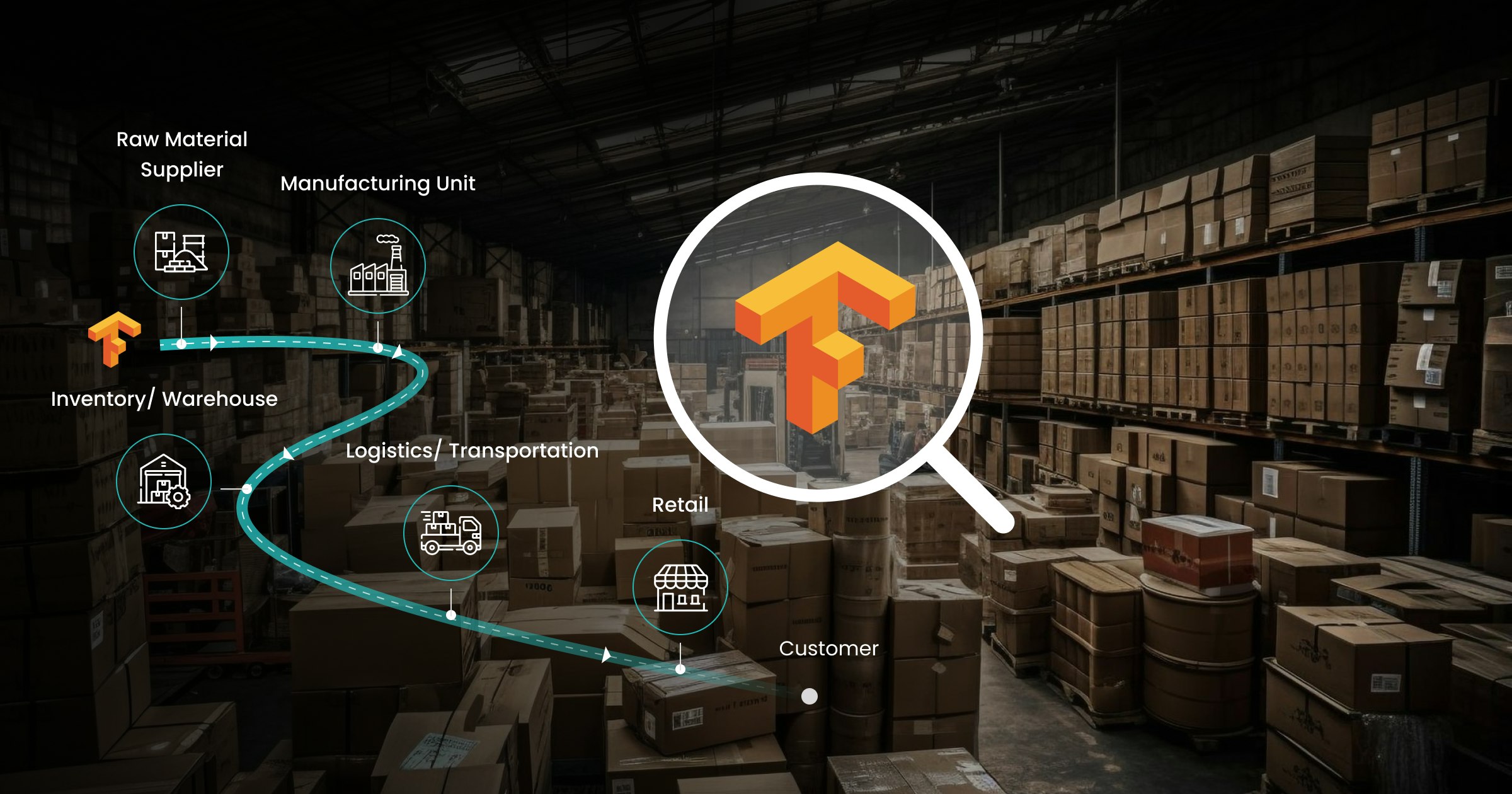Table of Content
If you thought the supply chain disruptions brought by the COVID-19 pandemic and global lockdowns were temporary, you’re in for a surprise.
Not only have supply chains and operations become costlier than ever, but they aren’t as sustainable as stakeholders want them to be. Inflexibility has made it harder to meet customer demands for personalization. Moreover, reliance on legacy systems continues.
But counterfeiting—a fraudulent imitation or forgery of a trusted brand and product—continues to throw the supply chain landscape off balance. It’s considered a serious crime worldwide.
Did you know the worth of the fake goods market is almost as high as Hong Kong’s GDP of $466 billion? Naturally, the creation and sale of counterfeit products affects businesses by:
- Undermining their brand integrity
- Reducing their overall revenue and profitability
- Causing costly legal battles to protect their intellectual property
- Compelling them to reduce their prices to compete with cheaper alternatives
Counterfeit products also pose a significant threat to customers.
Imagine consuming falsified medicines or personal care products only to deal with a life-altering illness or, in some cases, death.
No wonder Amazon is on a mission to crack down on counterfeit products. In 2023, it seized and disposed of over 7 million fake goods worldwide. However, not every business has the resources or reach to combat this issue as effectively.
What could be the best response to detect any anomaly in product quality?
Boosting supply chain management with TensorFlow
TensorFlow is Google’s open-source Machine Learning (ML) platform used for building models for various tasks, such as Natural Language Processing (NLP), image writing, and computational-based simulations—for example, estimating optimal inventory levels based on historical demand patterns.
Supply chain vulnerabilities and their consequences
Modern supply chains are complex, with many parallel physical and information pathways ensuring products are delivered on time and in the right quantities. However, they aren’t free from vulnerabilities at any stage:
1. Sourcing
Suppose manufacturers depend on a limited number of suppliers that fail to deliver raw materials on time or meet quality standards. In that case, this can result in production delays, hampering the supply chain.
Political instability in supplier regions can also affect availability and costs. In either case, manufacturers may replace requested raw materials with cheaper substitutes without the buyer’s knowledge to roll out products on time.
Moreover, inadequate vetting of materials for quality can lead to poor inputs that affect the final product’s integrity.
2. Manufacturing
Many things can go wrong in this stage:
- Breakdowns or improper calibration of machinery can cause production halts.
- Mistakes in handling raw materials or misinterpreting production instructions can lead to defective products.
- Deviating from standard operating processes due to poor security or malicious intent can compromise product quality.
Tampering or counterfeiting reduces the perceived value of the original product, particularly in industries like pharmaceuticals, automotive, or food and beverages where customer safety is paramount.

3. Transportation
Moving goods from one place to another presents its own set of challenges:
- Products may get stolen during transport.
- Weather conditions, traffic congestion, or port strikes can delay or damage shipments.
- Changes in international trade policies can affect the cost and speed of moving goods across borders.
Such supply chain issues at the time of distribution, if persistent, can harm a manufacturer’s reputation for reliability and quality.
Role of TensorFlow in anomaly detection to improve product security and integrity
Anomaly detection is a critical technique for identifying unusual patterns or outliers in data that don’t conform to expected behavior. These anomalies might indicate central, often necessary incidents such as errors, defects, or fraud.
In the supply chain, if the typical production metrics, such as cycle time, temperature, and raw material quality, are consistently within specific ranges, but a batch deviates from these metrics without any apparent reason, this would be flagged as an anomaly, indicating counterfeit products.
With its suite of tools and libraries, TensorFlow offers various models well-suited for anomaly detection with Machine Learning in this landscape. Let’s take a look at how this tool helps safeguard product integrity.
Types of TensorFlow models for supply chain anomaly detection
1. Autoencoders
Autoencoders are a neural network used to learn efficient encodings of unlabeled data. They’re trained to compress (encode) input data into a lower-dimensional representation and then reconstruct (decode) it back to its original form.
The reconstruction error identifies anomalies—if the error is oddly high, the data point is likely an anomaly, as the autoencoder cannot accurately reconstruct data it has not seen before.
TensorFlow autoencoders, for example, can analyze product weight, dimensions, and packaging data throughout manufacturing to check for inconsistencies that might indicate defects, tampering, or process inefficiencies.
2. Long Short-Term Memory networks (LSTMs)
LSTMs are Recurrent Neural Networks (RNNs) specialized for handling sequential and time-series data. They predict future values in a sequence based on past data by maintaining a memory of previous inputs.
Anomalies are detected by comparing predicted values with actual values. Huge deviations indicate potential anomalies, as the LSTM expects a specific pattern based on learned sequences.
TensorFlow LSTMs, for instance, can monitor temperature, humidity, and vibration data from sensors in storage facilities and transportation vehicles to determine the condition of products and therefore, prevent spoilage.

3. Generative Adversarial Networks (GANs)
GANs are a class of ML models that generate new data samples resembling a given dataset. They comprise two neural networks, the generator and the discriminator, which are trained simultaneously through a competition process.
Anomalies are identified by measuring how much the generated data deviates from the normal data distribution. If the generator produces samples that the discriminator finds unusual, those samples are flagged as anomalies.
TensorFlow GANs can study patterns in financial transactions, such as purchase orders and invoices, and flag suspicious activities to reduce the risk of fraud. This ensures financial security within the manufacturing supply chain.
Use cases and features of TensorFlow models in the supply chain
1. Predictive maintenance
Are you looking for a proper mechanism to prevent equipment failures, ensure continuous operation, and reduce unexpected downtime?
TensorFlow models, especially LSTMs, can analyze sensor data from various production equipment, such as conveyor belts, machinery, and production lines, to determine when equipment performance could falter.
By detecting irregular patterns in data such as temperature, vibration, or pressure, TensorFlow models can equip maintenance teams to address issues proactively and schedule repairs or replacements in time.
2. Real-time threat detection
When anomalies such as irregular login attempts or unexpected data movements are detected at a manufacturing facility, TensorFlow models can trigger immediate responses. These could include alerting security teams, blocking suspicious activities, and initiating further investigations, thereby preventing potential breaches and minimizing product damage.
3. Automated alerts and reporting
TensorFlow models can be set up to generate automatic alerts when anomalies are detected in real-time data streams. They can provide insights into their nature and possible causes and notify relevant personnel immediately for quick action to mitigate risks.

4. Intelligent packaging optimization
TensorFlow models can analyze data related to product dimensions, weight, fragility, and shipping costs to determine the most efficient packaging methods. By optimizing packaging design and materials, businesses can reduce material waste, minimize shipping costs, and ensure products are adequately protected during transit.
These models can also predict packaging requirements based on order patterns, enabling more efficient use of packaging resources and improving overall sustainability in the supply chain.
5. Route optimization and delivery scheduling
By leveraging TensorFlow development services, businesses can optimize delivery routes and schedules based on various factors such as traffic conditions, weather, vehicle capacity, and delivery time windows.
Machine Learning models can identify the most efficient routes, reducing fuel consumption and delivery times. This optimization leads to cost savings, improved delivery reliability, and a smaller carbon footprint.
Benefits of using TensorFlow for anomaly detection with Machine Learning
- It supports distributed training, essential for handling Big Data scenarios and spreading data and computations across multiple devices or machines to expedite processing times.
- It can handle various data inputs, whether structured data from databases (e.g., transactional data in logs) or unstructured data like images and sensor readings.
- Its architecture allows models to be customized to specific anomaly detection tasks—for example, autoencoders for unsupervised anomaly detection or LSTM networks for time series anomalies.
- It can process and analyze data in real time, providing instant feedback and alerts. This is vital for detecting and addressing anomalies as soon as they occur, preventing potential escalations.
Custom TensorFlow Development Company
Explore the ServicesEmpower your supply chain management with TensorFlow
Research shows that this year is all about AI implementation. There’s scope for 81% of manufacturers to design their supply chain flow to intentionally differentiate from the competition, better utilize their resources, optimize profit margins, and drive long-term business growth.
Contact us to discover how implementing TensorFlow can streamline your operations. Our experts are here to guide you through the process, from initial setup to full-scale integration, ensuring you maximize the benefits of this powerful tool.
Book your free consultation today.







